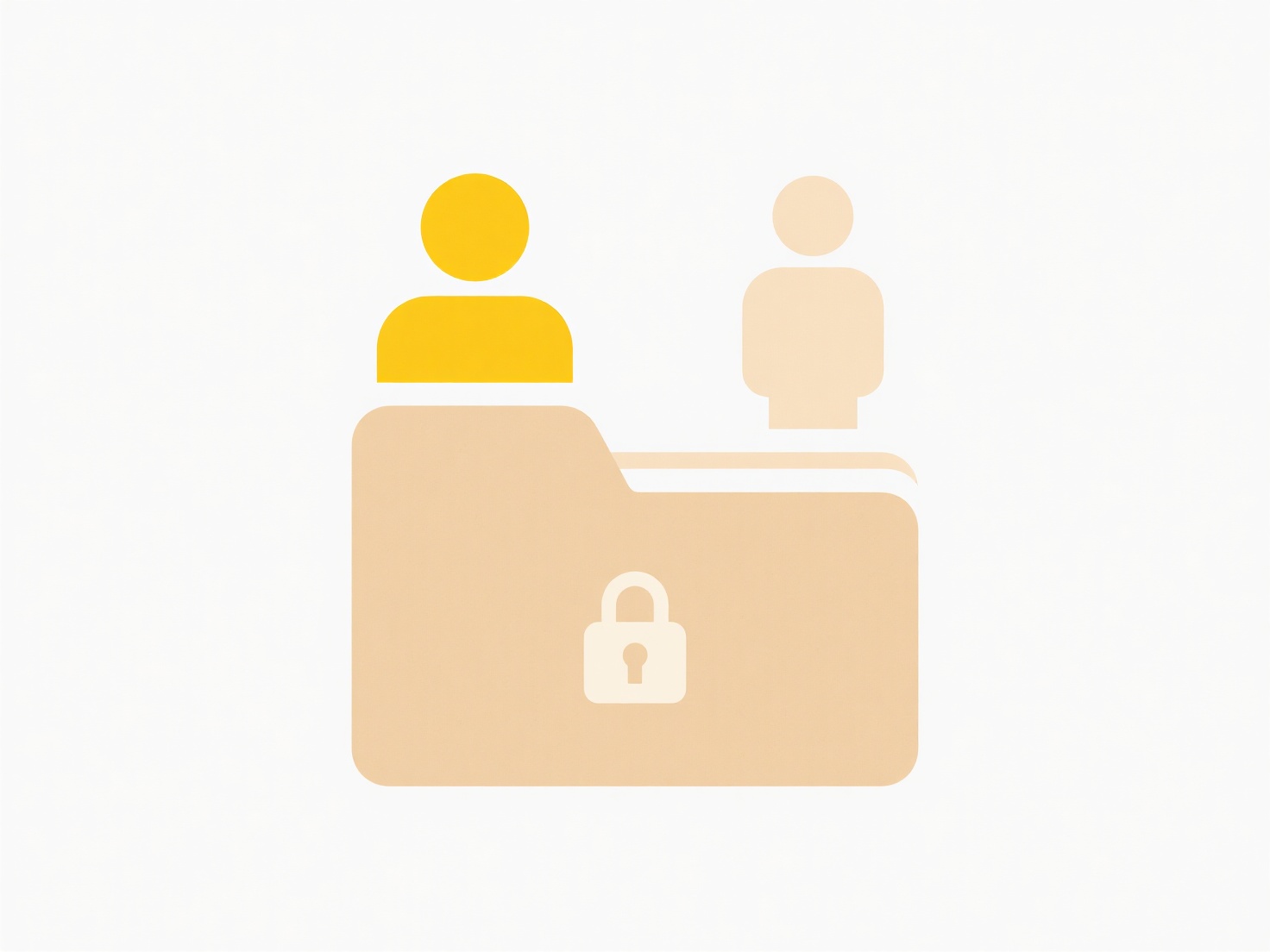
Document collaboration tools can log duplication events, which refer to actions where users create copies of files or folders within the platform. Logging tracks these events by capturing details like the user who performed the duplication, the original document, the timestamp, and the name/location of the new copy. This differs from simple version history as it specifically records the creation of entirely separate document instances.

Common examples include tracking when a user selects "Make a copy" in Google Drive to create a new editable version for a different team, or when "Duplicate" is used in Microsoft SharePoint to replicate a template contract folder structure for a new client project. Legal, finance, and project management sectors frequently utilize this logging within platforms like Box, Dropbox Business, and Confluence for maintaining oversight.
The main advantage is enhanced transparency and traceability, aiding in data loss prevention, understanding document proliferation, and auditing compliance. However, extensive logging requires sufficient storage and may only be granular in paid enterprise tiers. While crucial for governance, organizations should balance detailed tracking with privacy considerations and clear usage policies regarding why duplicates are created. Future features might include AI summaries of duplication patterns.
Can document collaboration tools log duplication events?
Document collaboration tools can log duplication events, which refer to actions where users create copies of files or folders within the platform. Logging tracks these events by capturing details like the user who performed the duplication, the original document, the timestamp, and the name/location of the new copy. This differs from simple version history as it specifically records the creation of entirely separate document instances.

Common examples include tracking when a user selects "Make a copy" in Google Drive to create a new editable version for a different team, or when "Duplicate" is used in Microsoft SharePoint to replicate a template contract folder structure for a new client project. Legal, finance, and project management sectors frequently utilize this logging within platforms like Box, Dropbox Business, and Confluence for maintaining oversight.
The main advantage is enhanced transparency and traceability, aiding in data loss prevention, understanding document proliferation, and auditing compliance. However, extensive logging requires sufficient storage and may only be granular in paid enterprise tiers. While crucial for governance, organizations should balance detailed tracking with privacy considerations and clear usage policies regarding why duplicates are created. Future features might include AI summaries of duplication patterns.
Quick Article Links
How do I prevent mobile auto-sync from creating duplicates?
Mobile auto-sync automatically transfers data like photos, contacts, or files between your phone and cloud services (e.g...
Can I export a 3D model to .obj or .fbx format?
A 3D model export means converting and saving your model from its native software format into a different, standardized ...
How do I manage duplicate files in a shared drive?
Managing duplicate files in a shared drive means identifying and handling multiple exact copies of the same file scatter...